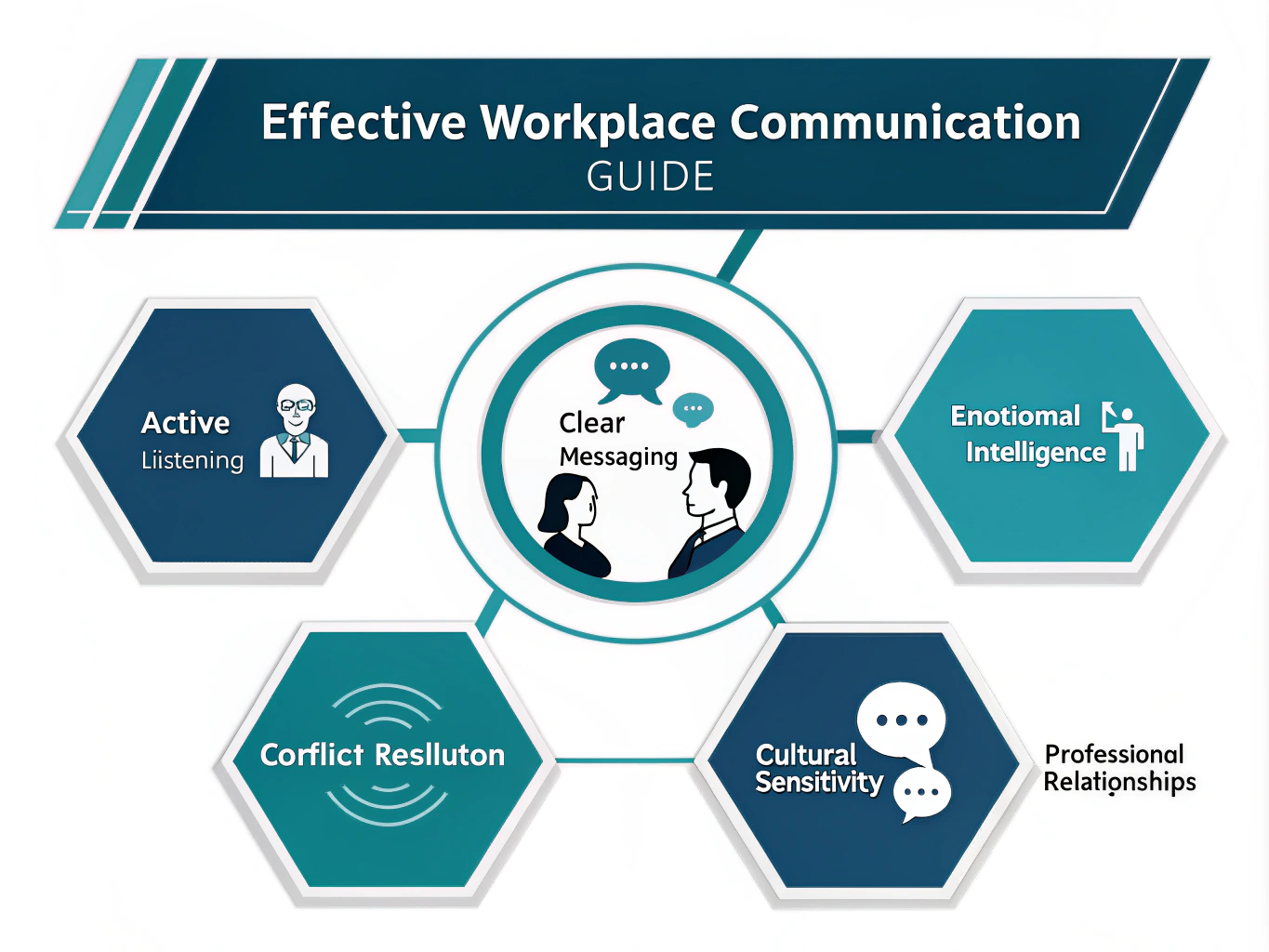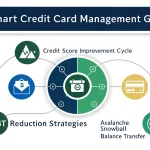Is this tool helpful?
How to Use the Workplace Communication Advisor Effectively
The Workplace Communication Advisor helps you improve your interactions with colleagues by offering tailored advice based on your specific workplace conversations. Follow these steps to get the most valuable guidance:
- Describe the Scenario: Enter a detailed account of a workplace conversation or interaction with a colleague. Include the setting, topics discussed, your reactions, and any concerns you have.
- Give Enough Detail: The more context you provide — such as the relationship with your colleague, tone, and any background information — the more precise and actionable the advice will be.
- Submit Your Entry: Click the button to send your scenario and receive personalized communication advice.
- Review the Feedback: Read through the tailored suggestions in the advice section below the form carefully.
- Apply and Reflect: Consider how to incorporate the advice to strengthen your communication skills and workplace relationships.
- Keep the Advice Handy: Use the copy option to save key points for future reference or share with trusted colleagues.
Sample Input 1:
“During a one-on-one meeting, I needed to address a missed deadline with my team member. I wanted to express my concerns clearly but also keep the discussion supportive to encourage improvements without creating tension.”
Sample Input 2:
“I recently collaborated on a project where a colleague interrupted me several times during discussions. I felt frustrated but wasn’t sure how to handle this without causing conflict.”
Introducing the Workplace Communication Advisor: Purpose and Benefits
The Workplace Communication Advisor is a practical tool designed to guide you through complex workplace conversations and help you build better professional relationships. By analyzing your description of workplace interactions, it offers customized advice to improve your communication, boost emotional intelligence, and handle conflicts effectively.
Key Benefits of Using the Workplace Communication Advisor
- Sharpen your communication skills for diverse workplace scenarios
- Enhance your emotional intelligence for better understanding and empathy
- Manage conflicts and difficult conversations with confidence
- Build stronger relationships across teams and hierarchies
- Lead more effectively by communicating clearly and respectfully
- Reduce workplace stress through improved dialogue
- Navigate cultural differences and promote inclusivity in communication
Practical Uses and Scenarios for the Workplace Communication Advisor
This tool suits a wide variety of workplace situations where clear communication plays a critical role. Here are some common use cases:
1. Handling Performance Feedback Conversations
Whether you’re delivering or receiving feedback, the tool offers strategies on giving constructive comments, receiving criticism gracefully, and setting actionable goals.
2. Resolving Conflicts Within Your Team
When disagreements arise, guidance on facilitating respectful discussions and mediating differences can help maintain a collaborative environment.
3. Negotiating Workplace Arrangements
Use advice on negotiating flexible schedules, raises, or promotions with professionalism and clear communication.
4. Onboarding and Welcoming New Colleagues
Managers and team leads can find tips on clear, supportive communication that fosters inclusion and helps new members integrate smoothly.
5. Communicating with Remote or Distributed Teams
Get strategies for maintaining clear, consistent, and engaging communication across virtual platforms.
6. Preparing and Delivering Effective Presentations
Receive advice on audience engagement, message clarity, and handling questions confidently.
Addressing Common Workplace Communication Challenges
Navigating Difficult Conversations
Difficult conversations can be stressful. The tool guides you to:
- Open with positive comments to set a constructive tone
- Use clear, specific examples instead of generalizations
- Focus on behaviors rather than personalities
- Suggest practical steps for improvement
- End positively, reinforcing confidence in progress
Building Trust and Rapport with Colleagues
Trust strengthens your teamwork. The advisor recommends:
- Active, attentive listening
- Showing genuine interest and empathy
- Sharing appropriate personal experiences
- Following through on commitments
Effective Communication Across Organizational Levels
Communicating up or down the hierarchy demands clarity and respect. The tool offers advice on tailoring your message to different audiences while maintaining professionalism.
Handling Disagreements Respectfully
To maintain a positive environment during disagreements, the advisor suggests:
- Recognizing and validating the other person’s viewpoint
- Expressing your perspective using “I” statements
- Finding common ground to build consensus
- Proposing constructive solutions
Frequently Asked Questions About Using the Workplace Communication Advisor
How often should I use the Workplace Communication Advisor?
You can use the tool whenever you face important conversations or want to improve your communication skills continuously. Many users consult it before challenging meetings or regularly as part of their professional growth.
Can this tool help with written workplace communication?
Yes. While designed for verbal interactions, the communication principles apply to emails, reports, and memos, helping you craft clear and respectful written messages.
Is the advice culturally sensitive?
The advisor offers guidance suitable for diverse workplaces. However, adapt the advice to fit the specific cultural norms of your organization to ensure effectiveness.
Can I use this tool for personal relationships?
Many principles translate well to personal communication, but the tool focuses on professional interactions. For personal relationship advice, consider dedicated resources tailored to those contexts.
How can I measure my progress in communication skills?
Keep a journal of workplace interactions and the advice applied. Reflect regularly and solicit feedback from trusted colleagues to identify improvements and areas to develop further.
What if I disagree with the advice given?
Use the advice as a general guideline based on best communication practices. Trust your judgment to tailor suggestions to your unique context or seek further perspectives when needed.
Can this tool help me prepare for job interviews or presentations?
Yes. Use it to practice articulating your strengths, responding to common questions, and structuring presentations with clarity and confidence.
Is the advice backed by research?
The Workplace Communication Advisor draws on academic findings in communication, psychology, and organizational behavior to provide reliable guidance. However, communication adapts to varying contexts, so flexibility is key.
Make the Most of the Workplace Communication Advisor
Effective workplace communication improves relationships, reduces conflicts, and boosts productivity. This tool empowers you to approach workplace conversations with confidence and empathy. Use the advice thoughtfully, practice regularly, and watch your professional interactions become more positive and productive over time.
Important Disclaimer
The calculations, results, and content provided by our tools are not guaranteed to be accurate, complete, or reliable. Users are responsible for verifying and interpreting the results. Our content and tools may contain errors, biases, or inconsistencies. Do not enter personal data, sensitive information, or personally identifiable information in our web forms or tools. Such data entry violates our terms of service and may result in unauthorized disclosure to third parties. We reserve the right to save inputs and outputs from our tools for the purposes of error debugging, bias identification, and performance improvement. External companies providing AI models used in our tools may also save and process data in accordance with their own policies. By using our tools, you consent to this data collection and processing. We reserve the right to limit the usage of our tools based on current usability factors.







